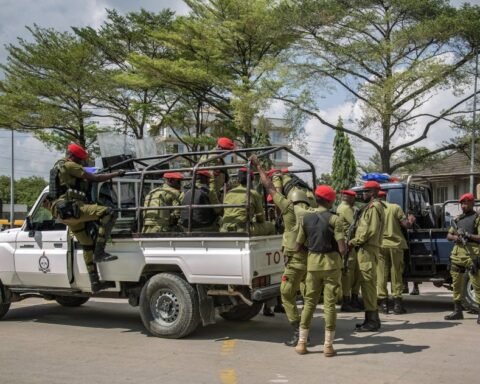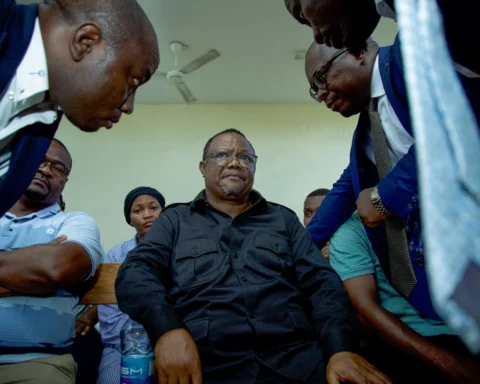Dar es Salaam has been ranked as the region with the highest number of children living and working on the streets, painting a troubling picture of the ongoing struggles faced by vulnerable young people in Tanzania’s fast-growing cities.
The information was shared by Dr Dorothy Gwajima, the Minister for Community Development, Gender, Women and Special Groups, during a media briefing held yesterday in the lead-up to the National Day for Street Children, which will be marked on April 12, 2025. This year’s national commemoration is scheduled to take place in Mtwara, with additional activities planned across all regions.
Dr Gwajima said Dar es Salaam was followed by Dodoma, Mwanza, Mbeya, Arusha and Iringa in terms of the number of children found on the streets. Other regions with notable figures include Kagera, Geita, Kigoma and Shinyanga.
“These children are not just numbers. They’re part of our society — young boys and girls who, for one reason or another, have found themselves without homes or protection,” Dr Gwajima said, emphasizing that many of them are driven to the streets by poverty, abuse, broken families, and lack of support systems.
The government, she noted, has not remained idle in the face of this growing problem. Through the Ministry and in collaboration with development partners, a range of interventions are being rolled out to reintegrate street children into safe environments and reduce the risks they face daily.
A key part of the strategy involves resolving family disputes before they lead to situations that push children out of their homes. Between July 2024 and March 2025, social welfare offices across the country handled over 16,000 marital and family-related cases. According to Dr Gwajima, 2,555 of these were taken to court, while a majority — 10,423 cases — were resolved through community-based mediation.
Also Read; Russia Strikes Ukraine’s Power Plant
Amid Winter
“These statistics tell us something important: that prevention works,” she said. “By helping families settle their differences, we can keep children where they belong — at home, in school, and within their communities.”
She also highlighted ongoing efforts to strengthen social welfare offices, expand child protection services, and improve the training of community development officers and social workers.
As the nation prepares to commemorate the Day for Street Children, Dr Gwajima called on every citizen to play a role. “It’s not just the government’s job. It’s everyone’s responsibility to ensure our children are protected, guided, and given a chance to dream again,” she said.
The event is expected to draw participants from across sectors — including faith-based organizations, civil society, and international agencies — all united by one goal: to make Tanzania a place where every child can grow up in safety and dignity.







